Behind the scenes footage of Aberdeen Art Gallery restoration
Restoration works and the new roof extension for Aberdeen Art Gallery are fully underway.
Plus earlier this month a large 12m high wrap was erected, covering the front of the cultural venue while it undergoes its £30 million transformation.
Construction is on schedule to complete in Spring 2017, with the gallery opening to the public by the end of the year
July 2016
Weltmuseum Wien topping out ceremony
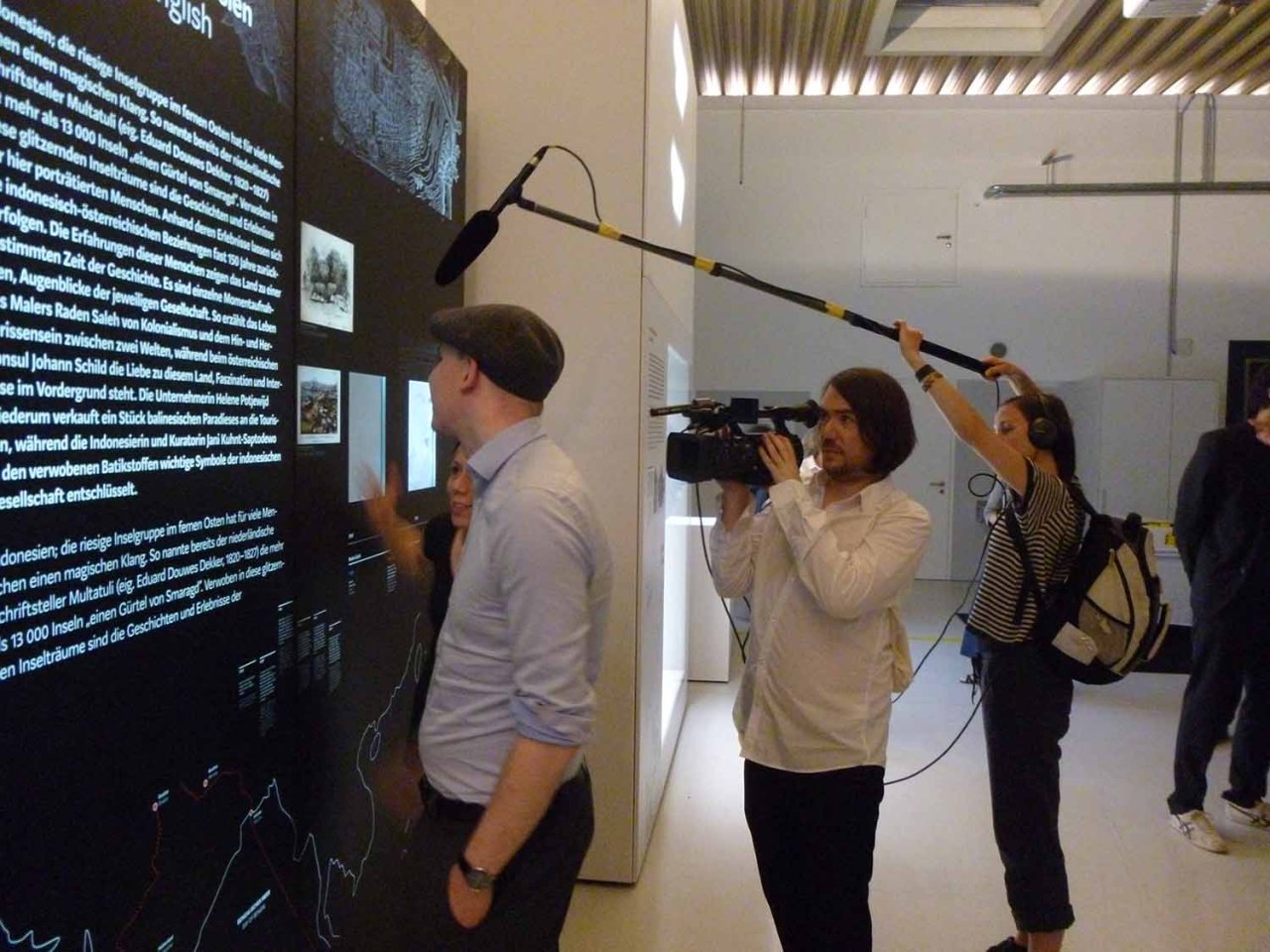
On Friday 1st July, our Weltmuseum Wien project celebrated its ‘Gleichenfeier’, or topping out ceremony. After a grand lunch, the youngest builder on site, in time-honoured fashion, had to scull a glass of red wine, smash the glass and recite a rhyme.
The museum also reviewed the first samples of the new exhibition installation - with both Thomas Bernatzky and Robert Freudenberg present with great anticipation. These installations include original historic display cases, which have been tediously refurbished and sit alongside striking cutting edge multi-media equipment.
The project is on schedule for completion in 2017.
July 2016
A view on Brexit from Berlin: by Thomas Bernatzky
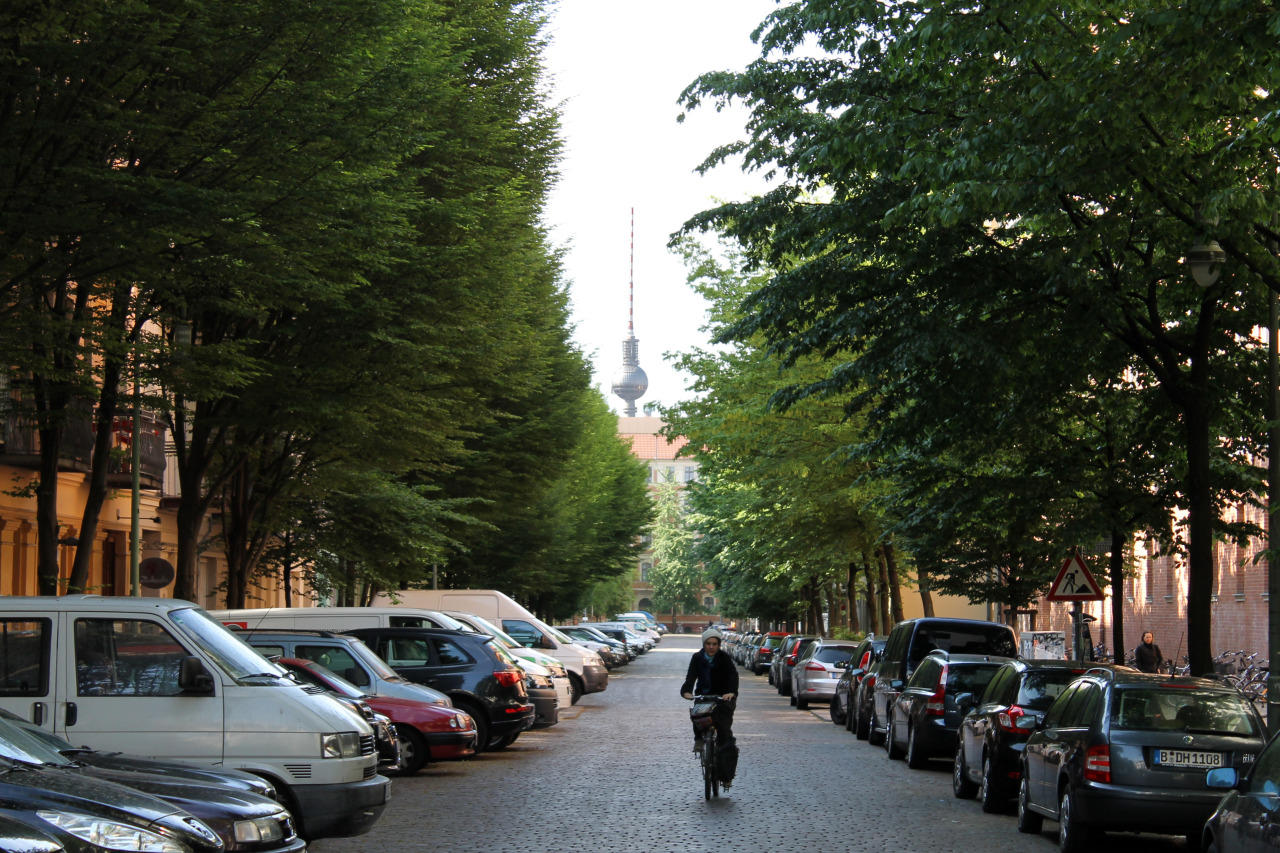
Hoskins Architects was established in Glasgow in 1998, with our German branch operating from Berlin since 2010. As a UK architectural practice operating offices in both the UK and Germany, we have been asked about our view on the EU referendum as a practice. However, as the decision on referendum day will be solely based on individual decisions by those who are entitled to vote, we decided not to comment as a company, appreciating the fact that there are differing opinions within and outside our office walls.
As a German national who lived and worked in the UK for ten years, and who is now a director of a UK company in Germany, I do have a view on the Brexit debate. Although I will not have a vote in the referendum, I arguably have a stake in the process. I feel obliged to voice my opinion, simply for the reason that many of those affected by the referendum are not entitled to vote. These being namely EU nationals who have come to live and work in the UK for years; as well as a considerable number of UK nationals who live and work in other EU countries, and will not be able to register for a vote since they have been outside the country for 15 years or longer.
Business as usual
In terms of economic consequences of Brexit, it is difficult for the individual to find a reasonable middle ground between the Leave and Remain Campaigns. Many experts see the overall impact on the economy to have negative effects, which will become more apparent in the UK than in rest of the EU. For this reason, many business leaders and organisations, like the Confederation of British Industry (CBI), strongly support the Remain Campaign. While big companies support the UK’s membership, the opposing Leave Campaign claims that small businesses have little to gain from the EU membership, with small companies reporting to the CBI they are ‘fed up with EU bureaucracy’.
We are a mid-sized architectural practice, just outside the 100 largest architectural practices in the UK. However, with about 40 staff across our Glasgow and Berlin offices, we would still be classed as a small business in general business terms. So what are our experiences with the EU as a small business?
In terms of recruitment, we are able to employ EU citizens without the bureaucratic hurdles that an overseas candidate has to overcome. In terms of business development, we are able to participate in EU procurement procedures without discrimination. As a UK business, we were able to win a multi-million euro museum project in Austria, which allowed us to establish a permanent office in Germany. We also benefit from freedom of movement of our staff, who are able to work between our two offices without any restrictions.
The impact of Brexit on our business would depend greatly on the form of association with the EU that Britain adopts after leaving the EU. Would it become a member of the European Economic Area (EAA) and the European Free Trade Area (EFTA) like Iceland, Liechtenstein, and Norway? Or an EFTA member only, like Switzerland? Or would it remain completely outside any European associations and try to develop individual bilateral agreements? In the latter case, Britain would be virtually excluded from EU procurement routes.
Much UK public procurement is regulated by EU rules, including procurement for architectural design services. A recent parliamentary briefing paper suggested that EU procurement rules are ‘controversial because they are often seen as overly bureaucratic and because they limit the ability of public bodies to buy British’. While the report acknowledges that EU procurement rules enable UK firms to secure public contracts abroad, it also plays down the importance of cross border procurement: ‘In practice, the extent of direct cross-border public procurement is limited. An estimated 1.3% of the value of larger UK public sector contracts was awarded directly abroad in 2009-2011. Some 0.8% of the value of larger public contracts secured by UK companies was directly from abroad.’
Less than 1% seems like a low figure for all the effort that goes into EU procurement procedures. However, it is important to understand that the EU public procurement route provides real opportunities. Without a doubt it requires a lot of dedication and perseverance, but nevertheless it is possible to secure contracts in Europe as our own experience has demonstrated. In my view, the European Union – if anything – is all about opportunities.
I do believe that UK businesses will manage to adapt to life outside the EU. However, I also believe that it will be mainly the larger companies that will remain European players. Following Brexit, I don’t see smaller companies like ours being able to secure public work outside of the UK.
Lives of others
For me, the most important question around the Brexit debate is what impact leaving the EU would have on the personal lives of those involved. For the majority of voters, it wouldn’t have any tangible impact. If you have never lived outside the UK, and if you have no intention to do so, the European Union, with its core principle of freedom of movement, will be a very abstract concept. However, for those who have built their lives on the European promise of freedom of movement, it is of course a different story.
About 1.2m UK citizens live in other EU countries, and about 3m EU citizens live in the UK. These would fall under new work and residence permit legislation.
The impact on the personal lives of our employees could be wide ranging. We might be at risk of losing long term members of staff due to working permit issues. Automatic mutual recognition of qualifications would cease: in particular, the mutual recognition of the protected title ‘architect’ would come to an end, making it much harder for UK staff to work as ‘architects’ in the EU and vice versa. Finally, withdrawal from the EU would mean that, unless alternative arrangements were put in place, our UK staff members who spend periods living and working in our German office, could have their pension rights significantly reduced. Other EU or EEA nationals who have spent periods living and working in the UK would be similarly disadvantaged.
Theoretically the UK could aim to adopt a ‘Swiss style’ membership, which includes freedom of movement rights to EU citizens. However, since curbing immigration from poorer EU countries like Poland and Romania seems one of the major drivers amongst Brexit supporters, it seems unlikely to me that freedom of movement will be high on the political agenda after a Brexit. ‘Would the UK be able to apply different visa requirements to different EU nationalities? Some experts have noted that the EU’s strong preference is for its third-country partners to apply the same visa conditions to all EU Member States. That makes a ‘pick and mix’ approach potentially difficult to achieve.’
Calls for a point based immigration system sound reasonable at first, but would backfire on UK citizens who are most likely to fail the test, either due to age or language skills: whether it is UK pensioners in Spain, or UK citizens living and working in Germany – and these two groups combined make up 1/3 of UK citizens living in other EU countries.
The lack of foreign language skills is one of the biggest obstacles not only for successful immigration in general, but also for successful emigration of UK citizens into other EU countries. Leaving the EU will further reduce the number of UK citizens who will be able to ‘make it’ outside the UK, which I believe would be a great loss.
I am surprised to see large parts of the British public willing to surrender the opportunities the EU membership has to offer – in particular the freedom of movement – and not grasping the political and personal dimension of what they could be about to lose.
12 June 2016
SEDA 2016 Conference: Small Buildings, Small Footprints
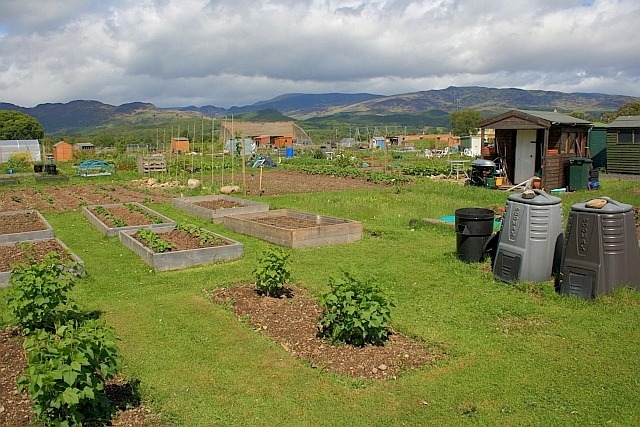
Scottish Ecological Design Association (SEDA) members and supporters convened last Friday in the picturesque village of Comrie, near Perth, for the Association’s annual conference. Hoskins Architects are corporate members of SEDA, and director Nick Domminney made the journey north and provides the following report:
Spread over two days, this year’s conference was entitled ‘Small Buildings, Small Footprints’. Most of the conference was dedicated to the many aspects of how buildings can sit lightly on the land. The venue was the UK’s only specifically designed prisoner of war camp at Cultybraggan, about a mile from Comrie. This held 4000 of the most ardent and dangerous Nazi’s captured during WWII, but is now a thriving seedbed of small industries. It still retains its history and mystery, however, and the setting is stunningly beautiful.
Over Friday we explored tourism related developments, including: a visit to local Auchengarrich Wildlife Park and heard about developments around the Caledonian Canal and Loch Lomond, followed by “hutting” activist, Bernard Planterose, with a great illustrated explanation of how removal of legal restrictions has seen a flowering of straw, steel clad and CLT structures in the Scottish countryside. Oliver Chapman brought a more architectural tone to proceedings, with his show of lovely low energy small scale rural developments.
Congregating in Comrie Parish Church on the Saturday, Kat Kinghorn showed why Makar have expanded from a small, architect designed and constructed house builders, to looking at 130 unit developments, all using untreated Scottish timber. Rural Design’s Nick Thompson went on to show how “wriggly tin”, or corrugated iron, is actually the Highland’s vernacular material. Proceedings culminated with three second year architecture students presenting their projects for the SEDA sponsored Krystyna Johnson Award.
Images courtesy of Saltire News via The Telegraph, and Mick Garrett @ geograph.org
June 2016
Architects meet in FuoriBiennale
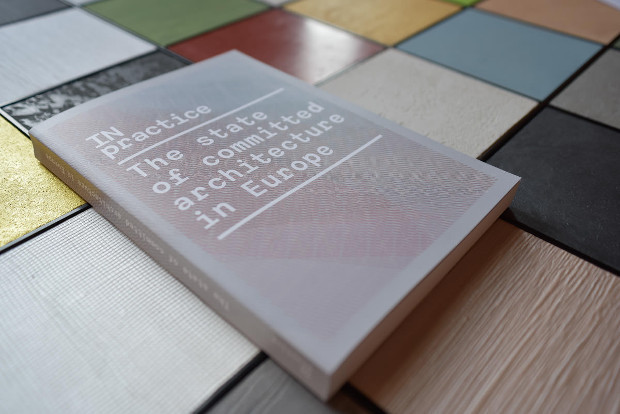
Kicking off the opening weekend of the 2016 Venice Architectural Biennale, the AIAC (Associazione Italiana di Architettura e Critica) and A10 Magazine presented the IN Practice project publication.
Held in the Palazzo Widmann in Venice, architects and Biennale visitors heard on each of the selected architectural practices: one practice per European country, with Hoskins Architects representing Scotland. The 37 practices were selected by a panal of judges earlier this year. The project aims to highlight practices that are cleverly (re)shaping the world, and contributing to quality architecture in Europe.
We thank the AIAC and A10 Magazine for selecting us.
May 2016
Weltmuseum Wien Friends design concept presentation
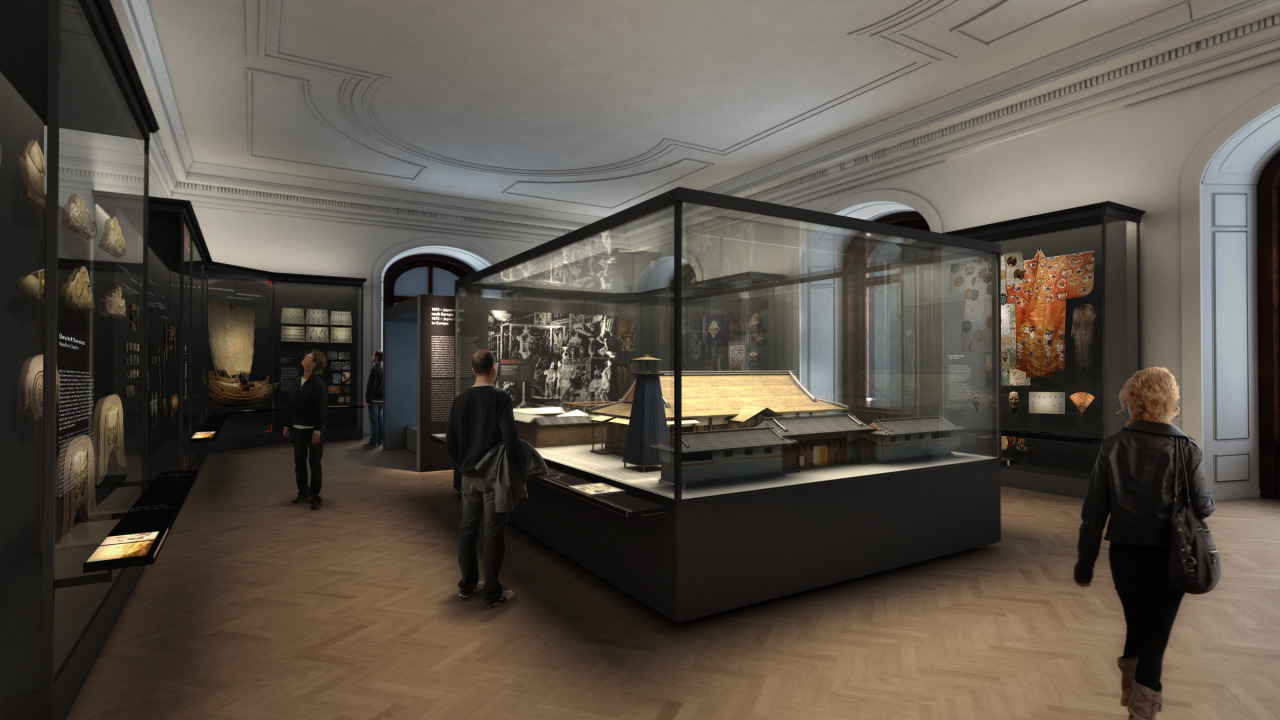
The consortium of Hoskins Architects and Ralph Appelbaum Associates have been very fortunate to work with this historical site of extraordinary quality. Over the past two years we have worked together with great passion and creativity designing the Weltmuseum Wien and its new permanent exhibition.
In close collaboration with the Weltmuseum Wien team, a vision for the reopening has been developed that respects the historical character of the building, while integrating a contemporary architectural and exhibition design. With the guidance of the Austrian Federal Monuments Office, the two-year design redevelopment will adapt the museum to reflect contemporary museum practices.
On 1 June, Thomas Bernatzky and Frank Forell will present the design concept exclusively for the Weltmuseum Wien Friends. This will give participants a view into the future of the Museum, and provide a unique opportunity to experience and engage with the refurbishment from the perspective of the designers.
May 2016




